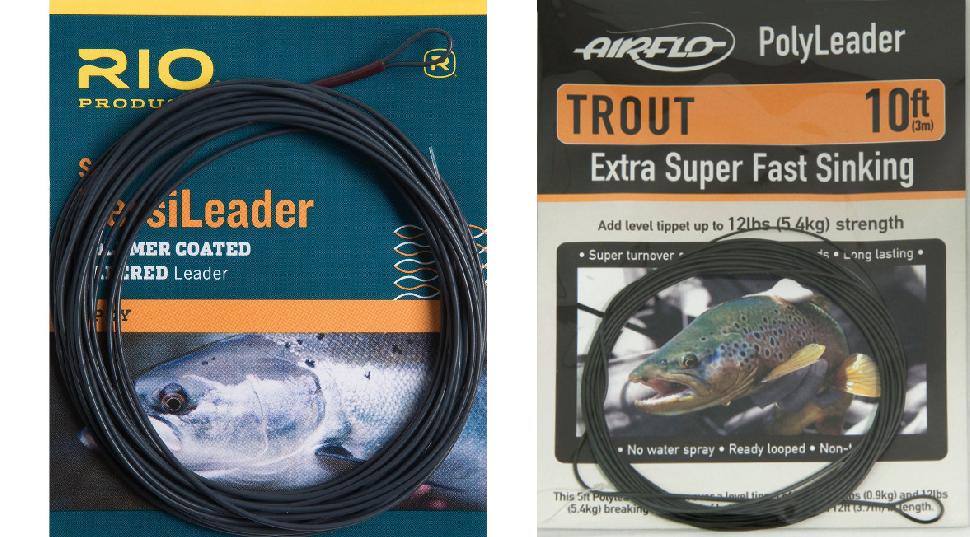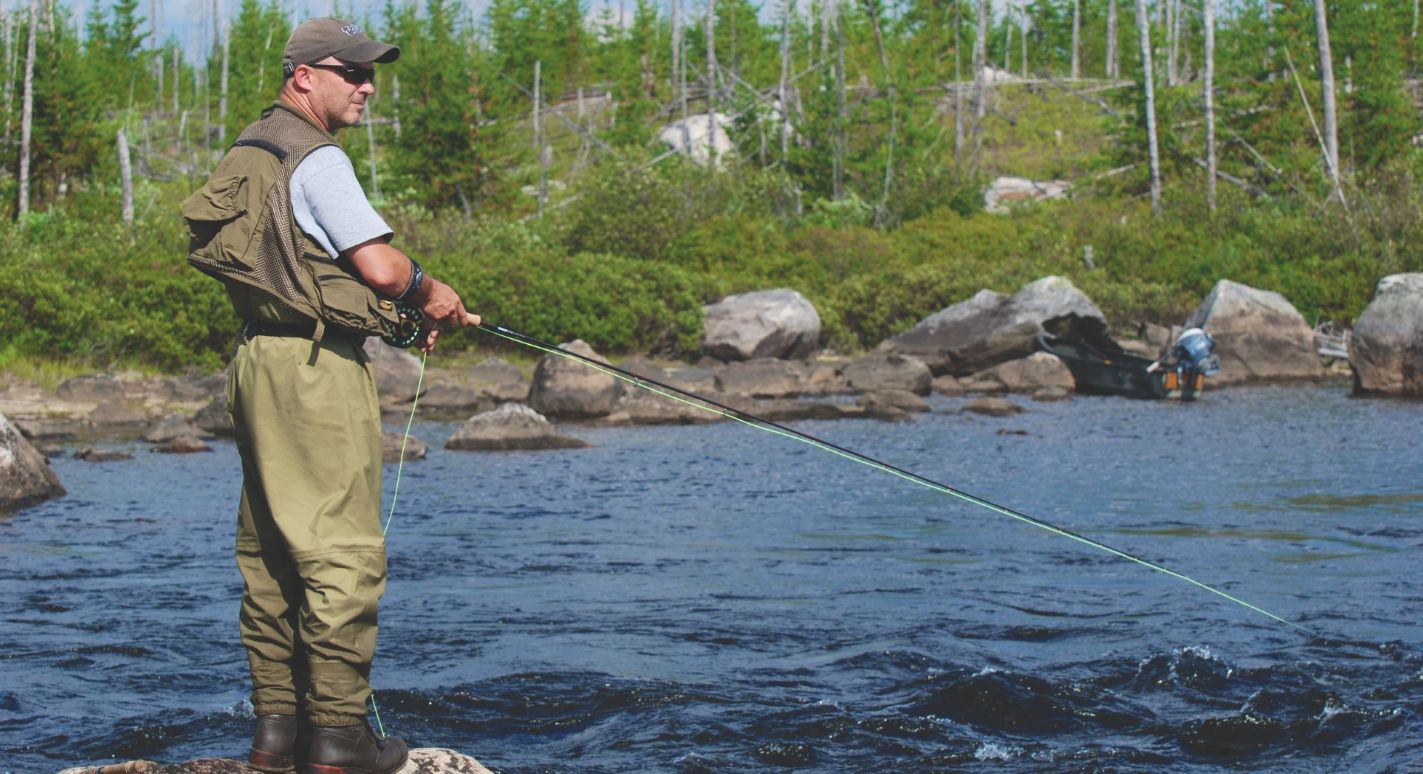When, why and how to use sinking leaders
These easy-to-use accessories let you fish deep without a sink-tip line
Advertisement
Until a couple of years ago, I did all of my river fishing and three-quarters of my lake fishing with a floating fly line. As even novices know, floating lines are versatile, easy to cast and the best all-around choice for fly fishing. Yet many times I’ve bypassed fast or deep river sections because I knew the only way to fish them properly was with a sink-tip line, and I didn’t have one.
Sink-tips are an excellent tool for consistently getting a fly deep, while keeping most of your line on the surface where it’s easy to cast and mend. But that’s all they do. Even if I carried a sink-tip on a spare reel or spool, changing lines to fish just one run wouldn’t be time-effective.
Advertisement
Then I discovered the sinking leader, a nifty accessory that instantly turns a floating line into a temporary sink-tip. Now I can fish those same deep or fast stretches I used to skip, without the hassle of switching out my line.
How it sinks
Sold under the brand names VersiLeader, from Rio Products, and PolyLeader, from Airflo and Orvis, a sinking leader is a seven- to 12-foot length of tapered monofilament that’s been coated in tungsten-infused PVC to make it sink. The butt has a welded loop, while the PVC coating ends about 10 inches before the tip, leaving room to tie on a tippet.
Advertisement
Sink rates vary from a sedate 1½ inches per second to a super-fast seven inches per second. Versions of this product have been around for more than 10 years, but they’ve become more practical to use now that most fly lines come with a loop on the end.

Why it’s useful
Advertisement
Sinking leaders are an excellent temporary fix when you need a sink-tip line, but don’t have one. But why not just add split shot to your leader instead to get the fly deep? The truth is, adding weight to your leader works a lot better in theory than in practice. In current, the sink rate of a leader with shot on it is unpredictable, making it difficult to present the fly at a precise depth. And too much weight can give the fly an unnatural action. Perhaps more importantly, the size or number of shot needed to sink a fly in fast or deep water can turn casting into a gong show.
Sinking leaders cast smoothly because they form a natural extension of your fly line, and the weight is distributed throughout. After several seasons of using them, I’ve found they cast easier and farther than leaders weighted with shot. They’re also much less likely to tangle.
How it attaches
With the simple loop-to-loop connection, you can attach a sinking leader to your line in mere seconds. Simon Gawesworth, a Vancouver, Washington-based product manger for Rio, suggests also tying a small loop at the tip in order to connect your tippet with another loop-to-loop connection. That way, you won’t keep cutting back your sinking leader when changing tippets (see below).
As for tippet length, the general rule—as with sinking lines—is the faster the sink rate, the shorter the tippet. Two feet is plenty on a super-fast sinker; you could go as long as five feet on a slow one.
When to use it
In rivers, sinking leaders shine when swinging wet flies and stripping streamers. They’re not appropriate for nymph-and-indicator fishing, however, because they’ll sink your indicator. In still water, I’ve used sinking leaders to hook bass, walleye, pike and perch in water as deep as 10 feet.
As for sink rates, I’ve primarily used the fast and super-fast sinking leaders to get down in broad, deep or fast rivers, or to really dredge the bottom in stillwaters. Another strategy I plan to soon try comes from Rio’s Gawesworth. “My favourite is the intermediate [slow-sinking] leader for swinging soft-hackle wet flies at a consistent two to four inches below the surface,” he says. “It’s phenomenally good when fishing emergers.”
Strip tease
If you cut back a sinking leader so far you lose too much of the mono tip, you can easily remove the PVC coating a few inches at a time to expose more mono. Soak a cotton ball in nail polish remover, wrap it around the coated leader for a few minutes, then scrape away the PVC.


